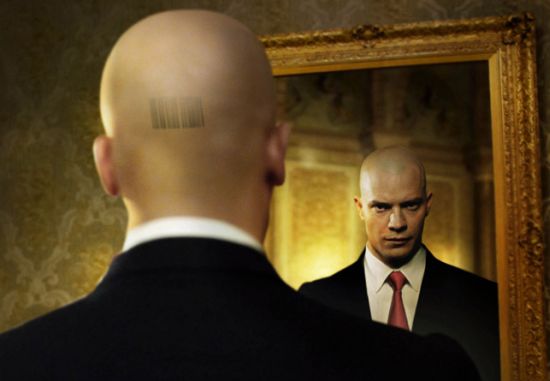Science and technology not only makes and improves one’s style of living but now it would also make you more beautiful and young. No doubt hair are the best and most precious feature of our personality and premature baldness is the biggest curse. But thanks to the newly devised technique, known as ‘follicular cell implantation’ by which one can just relax and regain their lustrous hair. The technique works by cloning the remaining hair in the laboratory to provide a limitless supply of an individual’s hair to replace the loss caused due to burns, cancer treatment or simply the onset of age. This amazing work being carried out by a British team and being backed by a £1.9 million government grant would be available to patients within five years. This would provide the patients with a torture free and less expensive treatment to preserve their seductive looks. The latest results of the Phase II trial, presented at a conference of leading hair replacement surgeons in Rome, revealed that the technique increases hair count in at least two thirds of patients after six months and four out of five if the scalp is stimulated beforehand through gentle abrasions that encourage hair growth.
According to Bessam Farjo, a hair-loss specialist and president of the International Society of Hair Restoration Surgery, who is leading the research says:
We can take a small sample from the back of the head, extract the dermal papilla [DP] cells and then use a patented method of multiplying these basic cells of extracted hairs in the lab,” he said. “Within eight weeks they are capable of generating literally millions of themselves, meaning that only around 100 hairs are needed in order to produce thousands of new hairs.
The procedure being developed by Intercytex, a British company based in Manchester, would require more than 1,000 tiny injections to produce that number of hairs in extensively bald patients but bets on a quick and less invasive cure against the present hair transplant techniques. Many researchers from the US, Italy and Japan have also joined the league of exploring the possibility of cloning hair by including techniques designed to extract stem cells from the base of the hair follicles.
Dr Farjo, who runs the Farjo Medical Centres in London and Manchester says:
For many men and women the consequences of hair loss can be devastating – whether brought on by pattern baldness or as a result of cancer treatment such as radiotherapy. There are some effective nonsurgical treatments that can slow down the process but these involve taking daily pills. For those with more significant hair loss one to two operations per bald area can give a natural looking head of hair of reasonable density. Our team is also experimenting with combining the DP cells with keratinocytes – the cells that produce keratin, the basic building material of hair – so that they could grow actual hairs for transplant, rather than injectable cells. This could further improve surgeons’ control over the amount, direction and appearance of the transplanted hair.
Andrew Messenger, a consultant dermatologist at the Royal Hallamshire Hospital in Sheffield and Marilyn Sherlock, chairman of the Institute of Trichologists and a practising specialist in hair loss in Salisbury, Wiltshire, both have acknowledged this latest technique as a big achievement. However, they would like to see the data. But whatever the technical aspects be, this surely is a blessing in disguise for those wishing to sleep peaceful nights with no more scary balding dreams!
Image
Via: Timesonline




